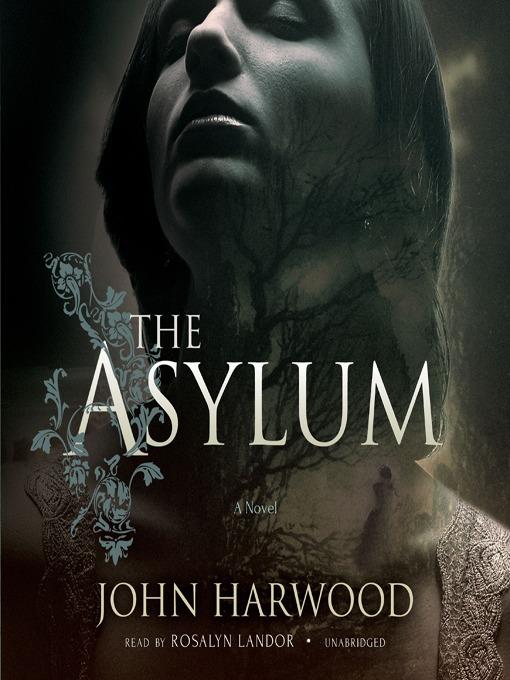
The Asylum
A Novel
کتاب های مرتبط
- اطلاعات
- نقد و بررسی
- دیدگاه کاربران
نقد و بررسی

September 2, 2013
Rosalyn Landor proves a fine choice to narrate this Gothic tale of mystery, mistaken identity, and madness. Georgina Ferrars awakens to find herself in a private asylum called Tregannon House. With no memory of the past several days, Georgina learns that she checked herself into the facility under the name Lucy Ashton. What follows is a suspenseful story of dark intrigue, as Georgina struggles to convince her captors of her true identity, even as mounting evidence begins to shake her belief in her own sanity. Landorâs clear, accented reading pulls the listener into the sinister halls of Tregannon, and her first-person narration perfectly conveys the heroineâs sense of confusion and growing desperation. With her crisp, straightforward delivery, Landor keeps the listener enthralled as one clue after another is revealed, leading to a climax that is as satisfying as it is surprising. A Houghton Mifflin Harcourt hardcover.

March 18, 2013
As he did in The Ghost Writer and The Séance, Australian author Harwood evokes Charles Palliser and Louis Bayard in his engrossing third stand-alone Victorian thriller. In the first sentence, Georgina Ferrars declares, “I woke, as it seemed, from a nightmare of being stretched on the rack, only to sink into another dream in which I was lying on a strange bed, afraid to open my eyes for fear of what I might see.” Alas, Georgina finds herself in a Cornwall asylum, whose sinister director, Dr. Maynard Straker, tells her that she arrived the previous day, November 1, 1882, and identified herself as 21-year-old Lucy Ashton. With no memory of the previous six weeks, Georgina is hard-pressed to refute Straker. Only gradually do the events that led to her confinement become clear. The crisp prose and twisty plot will encourage many to read this in one sitting, though the ending won’t satisfy everyone. Agent: Kathleen Anderson, Anderson Literary Management.

October 15, 2013
Georgina Ferrars discovers that she's locked in a Victorian asylum. She's lost some of her memory, and what she has left does not seem to match the reality outside the asylum. She must learn who she truly is, and find out who--or what--is responsible for her current situation. Harwood's (The Seance) writing seems designed to emulate books of the era, which is both a strength and a weakness. While the vocabulary and tone make the story feel more authentic, the writing seems to replicate different authors' styles. This makes it feel as though a completely different story is taking place at various points, which is especially off-putting at the climax. The Victorian prose also makes topics more freely discussed in the modern era, such as the lead character's lesbianism, feminism, and atheism, stand out. Rosalyn Landor's excellent pronunciation and diction can work against her, as the reading tends to become staccato and hard on the ear over time. In spite of these drawbacks, the well-crafted mystery keeps drawing in the listener. VERDICT For readers who like Shirley Jackson-style slow-burn horror and historical fiction lovers who can deal with the heroine's modern sensibilities. ["Harwood focuses on creating a suitably chilling atmosphere and an appealing, if helpless, heroine, but the cardboard villains are obvious and uninspired. The middle section of the novel, in epistolary style, is far more compelling than the straightforward narrative," read the review of the Houghton Harcourt hc, LJ 4/15/13.]--Tristan M. Boyd, Westbank Community Lib., Austin, TX
Copyright 2013 Library Journal, LLC Used with permission.

























دیدگاه کاربران